#livelihood
Text
You know this-You will make it
Hey there! You’re precious and i love you.
All the people who succeeded by taking a risk and leaving their comfort zones knew the journey would be hard. They believed in their dreams and were ready to face challenges. It’s important to understand that nobody else can make your dreams a reality – it’s up to you. Your journey depends on your goals and the choices you make. What are your goals?…
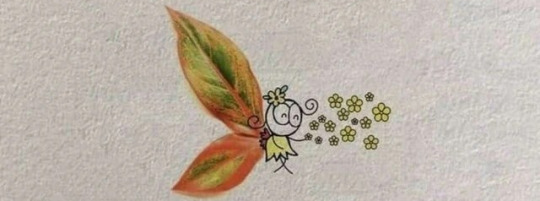
View On WordPress
#art#blog#dailyprompt#dailyprompt-1897#dailyprompt-1898#goals#gratitude#journal#life#lifestyle#livelihood#love#mindfulness#news#peace#writing
2 notes
·
View notes
Text
Anyone know if Wise is a good payment platform? and if a lot of people use it?
i m looking for alternatives..
4 notes
·
View notes
Text
Oyster Nut: Ethnobotanical Insights from Northern Tanzania

Abstract
Telfairia pedata (Sims) Hook is an important native climber plant commonly grown in East Africa. It bears nuts which are eaten either raw or cooked and is consumed mostly by expectant mothers, and as cooking oil. The survey was conducted between September 2019 to February 2020 in Sambaa, Meru, and Pare communities of Lushoto, Bumbuli, Arumeru and Same Districts, Northern Tanzania to assess the ethnobotany of T. pedata from a sample of 346 respondents using semi-structured questionnaires. Results indicate that, 21% of respondents used T. pedata for cooking with other staple foods while 18% claimed that the nuts are used by pregnant and lactating mothers for medicinal and breast milk stimulation and nine (9) percent indicated that the nuts are used for cultural and ritual purposes. Despite its importance, the cultivation of T. pedata in the study area is declining and the gap why such decline is experienced needs to be answered in further studies. Secondly, respondents within the 36-50 age groups reported the greatest diversity of uses of T. pedata 51% compared with those aged below 36 years old 21% signifying that the traditional knowledge known by younger aged groups may be declining. Thus, this gap of traditional knowledge between the groups should be addressed in order to improve utilization and conservation of this seriously declining yet important nut in the study area and other places of Tanzania.
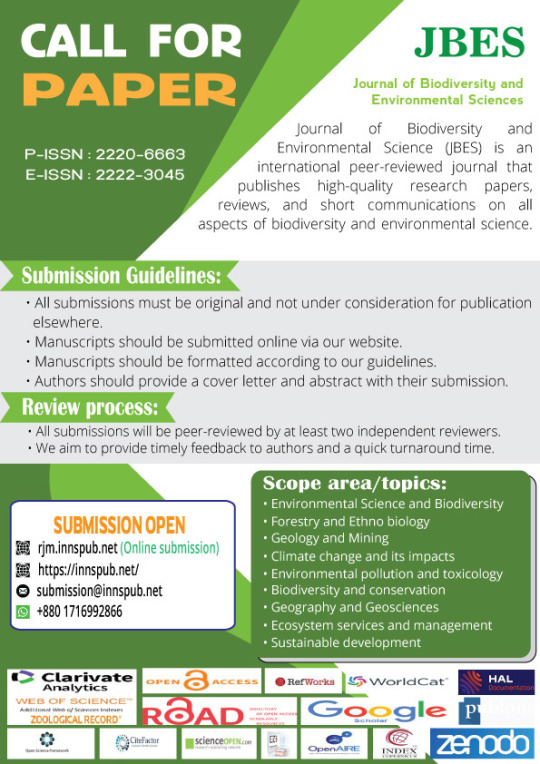
Introduction
Local societies are known to have ethnobotany knowledge that is inherited from one generation to another through word of mouth on economic, medical, ecological and cultural benefits (Hamilton, 2003) (Young, 2007) (Tamalene et al., 2016). Ethnobotany assists in explaining utilization and preservation of the plants biodiversity thus maintaining local ecological systems and culture (Reid et al., 2009).
Telfairia pedata (Smiths ex Sim) Hook (Fig. 1), is Cucurbitaceae family from a small genus of flowering plant which is native in Tanzania including Zanzibar Island and other countries of Africa including Uganda and northern Mozambique (I. A. Ajayi et al., 2004)(Aregheore, 2012). It is also well known by its local names in regions of Kilimanjaro, Arusha, Tanga and Ruvuma as "mkweme", "ngoimee" or "ikwemee" and "makunguu", “nhahani” and so forth. It is a woody dioecious climber with coiled tendrils which bears squash like fruits containing nutritious oil seeds and grows well in well drained loamy soils (Van der Vossen & Mkamilo, 2007), Fig. 1. The plant is a facultative perennial which is grown in slightly shaded and mulched areas but not damp soils and also creeps on host trees, live hedges or staked on wooden framework (Ajibade et al., 2006; Grubben, 2008; Paul & Yavitt, 2011). T. pedata nuts are rich in oil content, fat, protein, polyunsaturated fatty acids, monounsaturated fatty acids, minerals including magnesium, phosphorous (Akoroda, 1990b; Mwakasege et al., 2021).
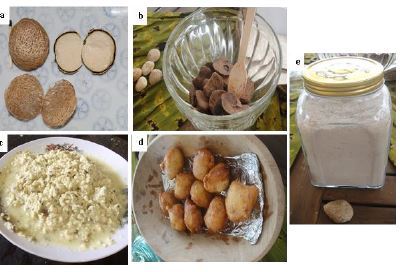
In Tanzania, ethnobotanical facets and uses of T. pedata have not yet been adequately documented specially in terms of local people’s livelihoods, how it used, cultivated, marketed, preserved and its conservation measures. Among local plants long used by the Pare, Chagga, Sambaa, and Meru tribes, the T. pedata is one which is harvested from the home gardens and agroforestry systems (trees mixed with annual crops) as a source of food, for cultural rituals and medicine. In these communities, traditional knowledge about T. pedata has been passed down and applied for generations (Ajayi et al., 2004; Odiaka et al., 2008).
Therefore, this study aims at documenting and collating knowledge on the indigenous uses of T. pedata nuts and its cultivation practices in order to support the consumption and utilization of the plant in a sustainable manner, while providing benefits to the local communities through conservation of traditional knowledge. We examined the ethnobotany of T. pedata in northern Tanzania with the expectations that, the socio-demographic characteristic on T. pedata differ across the study sites; there were different ethnobotanical uses of T. pedata across the study area; areas where T. pedata were cultivated differ across study area with gender; perception of abundance of T. pedata differ across the study area and T. pedata nuts were stored in different methods across the sturdy area.
Source : Ethnobotany of Oyster nut (Telfairia pedata) in Northern Tanzania
3 notes
·
View notes
Quote
When we plant trees, we plant the seeds of peace and seeds of hope. We also secure the future for our children.
Wangari Maathai in The Green Belt Movement: Sharing the Approach and the Experience
The LInk at The Green Bealt Movement Website has a table with links to the site. The link to Key Speeches & Articles is a great resource.
32 notes
·
View notes
Text
2023 JUNE 10 Saturday
"Amen, I say to you, this poor widow put in more than all the other contributors to the treasury. For they have all contributed from their surplus wealth, but she, from her poverty, has contributed all she had, her whole livelihood."
~ Mark 12:43-44
#bible#scripture#bible verse#gospel#Mark#Amen#God#Lord#Jesus#Christ#poor widow#gave#more#whole#livelihood#than others#contribute#surplus#wealth#treasury
4 notes
·
View notes
Text

Livelihood (Jesper Fahey | Shadow and Bone)
Summary — You’ve always liked living on the edge... even if Jesper doesn’t appreciate it.
Warnings & Other Tags
➳ The Reader takes their shirt off to heal an injury; mentions of blood and wounds from a fight; cursing.
Notes
➳ Word Count is 281.
➳ Reader is gender neutral (they/them).
➳ “Speak for yourself. Crime is what I live for.”
FAQ | Masterlist | Fandoms | Requests | Coming Soon | Schedule

Jesper’s loud footsteps followed you through the Crow Club. He had been on your heels for the last three hours, ranting about your recklessness. Kaz and Inej sent you annoyed expressions before disappearing into the crowd of gamblers.
Several patrons were confused, but you simply rolled your eyes, allowing Jesper to follow you upstairs and into your room. You continued listening to Jesper’s complaints as you began ridding yourself of any weapons and battle gear. All you wanted was a good night’s rest after another successful heist.
You thought Jesper would never shut up. That is, until you pulled off your shirt and tossed it aside. Jesper’s voice went quiet as you examined the deep cut on your abdomen.
“Shit,” he muttered. “Okay, that’s it! No more heists for you! It’s too dangerous!”
Jesper glared when you huffed, a small smile making its way onto your face, “Speak for yourself, Fahey. Crime is what I live for.”
Jesper made a face of disgust when you wrapped your injury in bandages. He was never good around open wounds. The sight of them always made him sick. Perhaps he should go into another profession.
He cringed at the blood on your side as you slipped your shirt back onto your body. You approached Jesper, only pausing to gently pat his shoulder, and asked, “I’m going let Inej sew this up. Coming?”
“Absolutely not!”
You grinned at his quick reply. Jesper’s eyes followed you as you left the room, and then he exclaimed, “Don’t think this conversation is over!”
“Whatever!”
Jesper groaned at your carefree attitude. He ran his hands over his face in exasperation, and then muttered, “They’re going to be the death of me.”
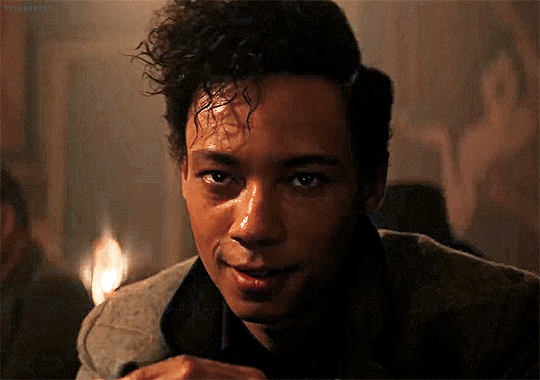
#2022#shadow and bone#shadow and bone imagine#shadow and bone imagines#shadow and bone x reader#jesper fahey imagines#jesper fahey imagine#jesper fahey x reader#livelihood
47 notes
·
View notes
Text
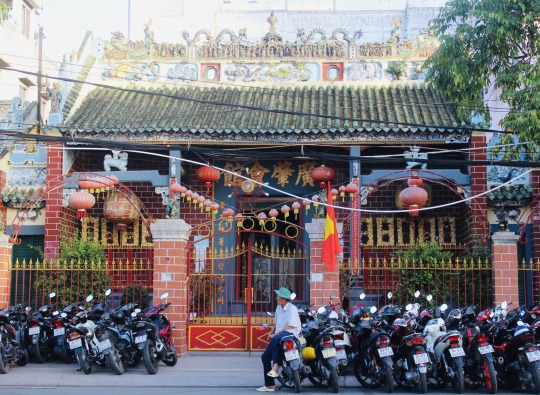

Mưu sinh.
13 notes
·
View notes
Text
Hello to anyone reading this. As of now I'm really struggling to find a part time job. This is my livelihood but according to New York State law sub teachers or sub paraprofessionals aren't allowed to get unemployment. I'm trying my hardest to look for a job for the summer but I can't find anything at the moment. Please if you have any suggestions on what I should do or if you want to donate some money I would greatly appreciate it. My cashapp is $ilovemoons92
Update: I've been struggling finding a summer job and even though I'm working now I'm behind on rent. I might have to make the toughest decision and give my dog away. I love her so much but not being able to pay for rent took a toll on me and I'm struggling by finding every way to survive by eating rice and beans. Anything can help even if it's $2 or $3 I'd be grateful. I wish I wasn't in this situation but sometimes things happen and if anyone can make things a little better for someone it would change the world. If you can't donate to me that's ok but please do me a favor and help people that are struggling. Even if you think that $1 won't help, trust me it does. Peace and Blessings ❤️
#cash app#please help#I need a job but in the meantime please help if you can#donate#unemployment#temporarily unemployed#livelihood#nyc#rent
18 notes
·
View notes
Text
#4992
You who are of the green hoods,
Lurking somewhere in murky woods,
Come to destroy all the falsehoods
That were created for tyrants’ livelihoods.
3 notes
·
View notes
Photo

Backpacking along Brahmaputra River - plasticulture for vegetable crops practised by progressive farmers, who learnt it from youtube!
#agriculture#vegetables#plasticulture#farming#Assam#northeast#livelihood#youtube#technology#adaptation#Alluring Assam#Original content#brahmaputra
3 notes
·
View notes
Photo
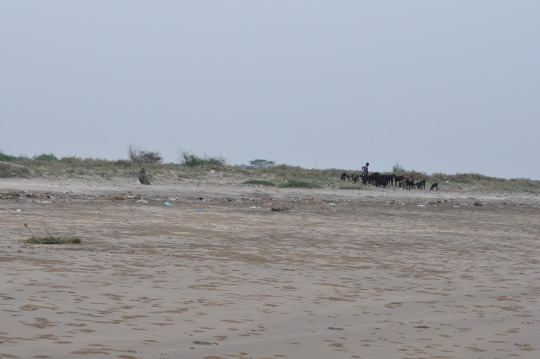

The tropical seashores here provide a reliable and steady livelihood for shepherds and buffalo herders, a reliable source of milk and income.
One would have thought that given the hostile environment they inhabit, of desiccation, heat and perhaps even serpentine soils not to mention the osmotic stress of excessive salt, beach vegetation would arm itself with toxic secondary metabolites to avoid herbivory, since it would be expected to lack the anabolic resources needed to regenerate lost leaves.
Such however does not seem to be the case. While there are some toxic plant species - such as Calotropis procera - here, these seem to be the exception than the rule, for the sparse vegetation actually supports a considerable population of domesticated herbivores - buffaloes and sheep - they essentially using their maws and mouths to contentedly and leisurely scythe their way up and down the seashore, the regenerative powers of beach vegetation actually quite impressive.
Machilipatnam Beach, July 19, 2019.
#herbivory#herbivores#sheep#shepherds#buffalo#domesticated#calotropis procera#herders#coastline#seashore#coast#Coastal Andhra#andhra pradesh#secondary metabolites#osmotic stress#desiccation#regeneration#livelihood#allelochemicals#machilipatnam#beach#plant ecology#scythe#milk#serpentine#soils#heat stress#water stress#beach vegetation#extreme environment
2 notes
·
View notes
Quote
The civilizational crisis of our age, in my view, is defined by capitalism’s inability to generate incomes for the majority of humanity, to provide jobs and meaningful social roles, end fossil fuel emissions, and translate revolutionary biological advances into public health. These are convergent crises, inseparable from one another, and need to be seen in their complex ensemble, not as separate issues. But to put it in more classical language, the super-capitalism of today has become an absolute fetter on the development of the productive forces necessary for our species survival.
Mike Davis in interview with Sharif Abdel Kouddous at Mada Masr. Mike Davis on pandemics, super-capitalism and the struggles of tomorrow
79 notes
·
View notes
Text
“Verses Across Borders: A Poetic Journey from Hindi to English”
Here’s a cheerful rendition of my poem translated into English
For friends near and far who missed the verse,A Hindi creation, my poetic purse.Now unfolds in English, clear and bright,A transformation to your delight!
I hope this brings a smile to everyone’s face as they enjoy my poem in English! 😊
Dear Sister,
Whenever life brought me down,You were the one to lift me up.In every darkness,…
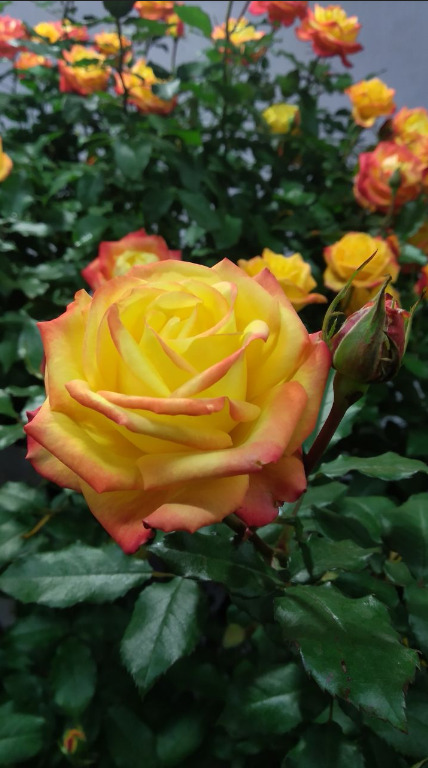
View On WordPress
#bright#care#creation#dailyprompt#dailyprompt-1911#dailyprompt-1912#dailyprompt-1913#dailyprompt-1914#dailyprompt-1915#darkness#goal#hindi#kindness#livelihood#love#poetic#shield#sisters#smile#strength#torch#transformation#unfolds#verse
1 note
·
View note
Link
1 note
·
View note
Text
Discover the Enchantment of Swapnil Shukla's Art
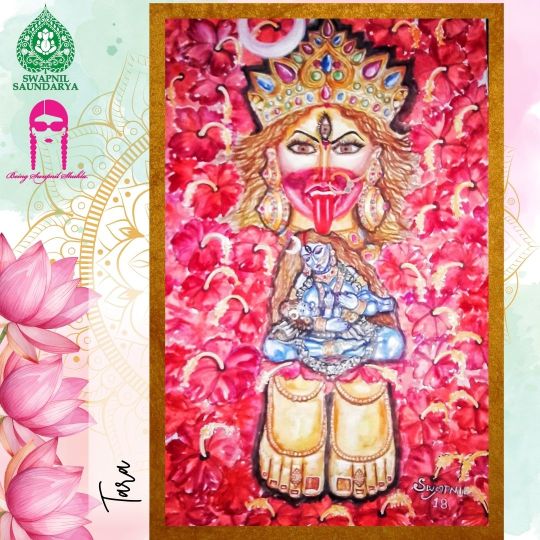




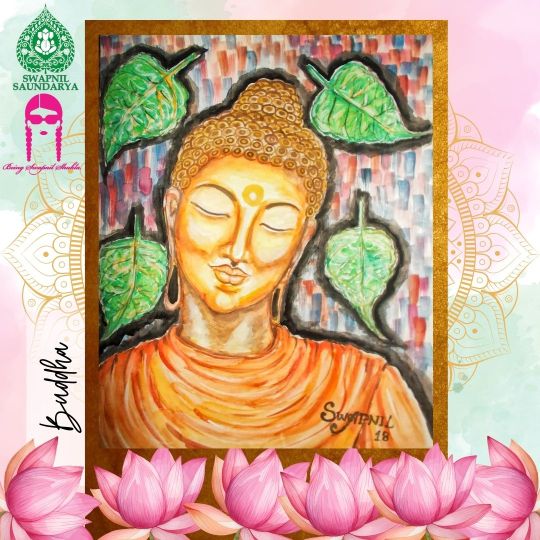

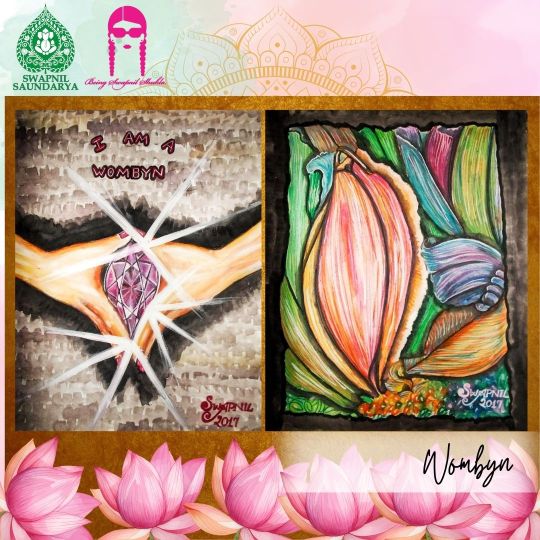



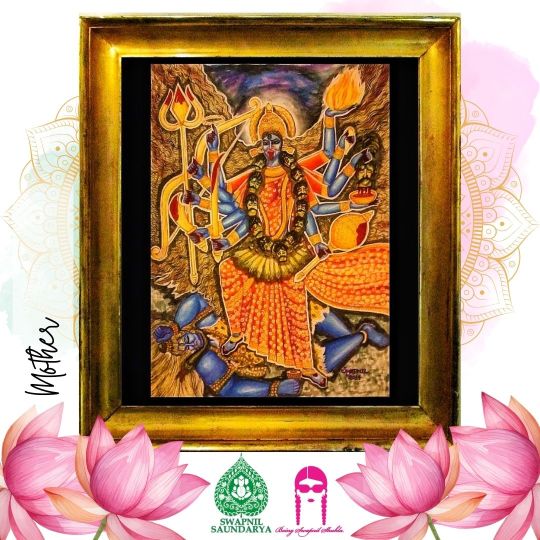
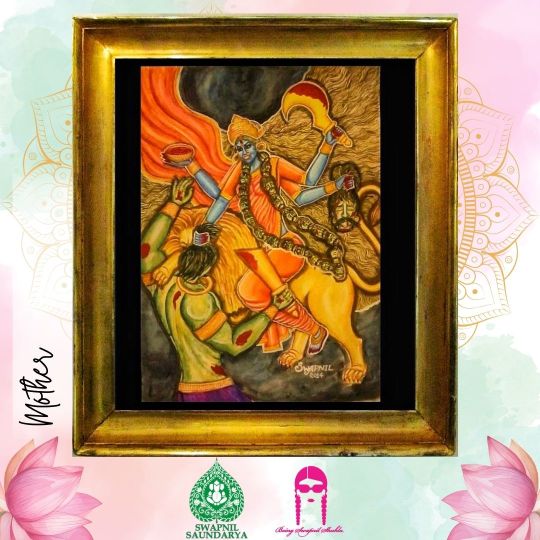


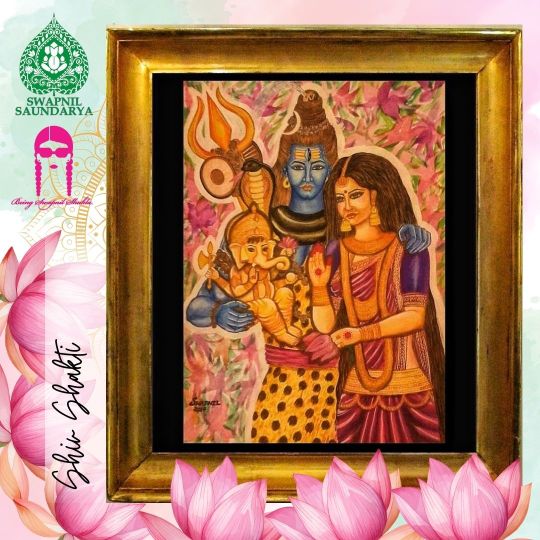
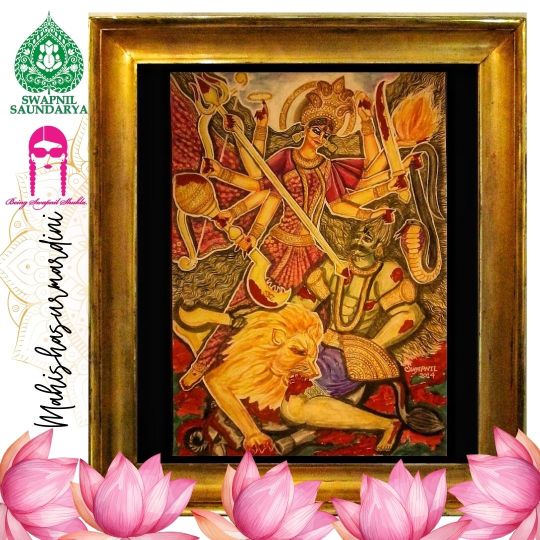
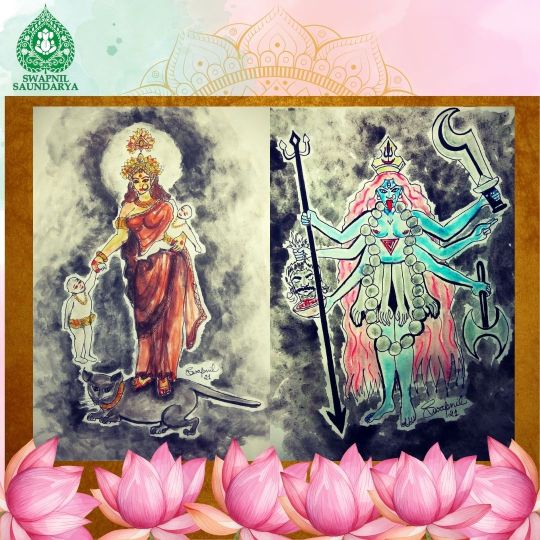

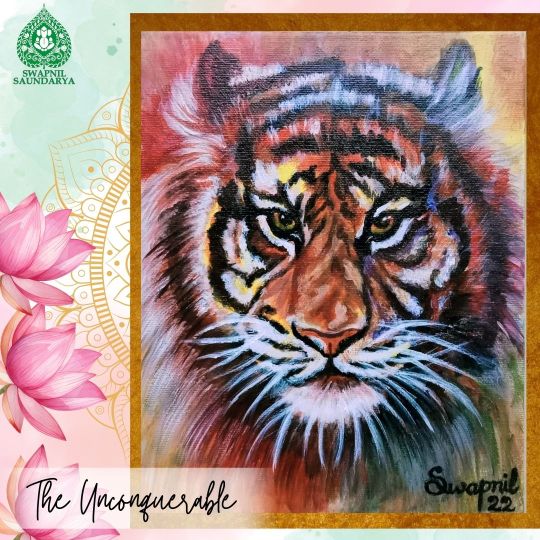
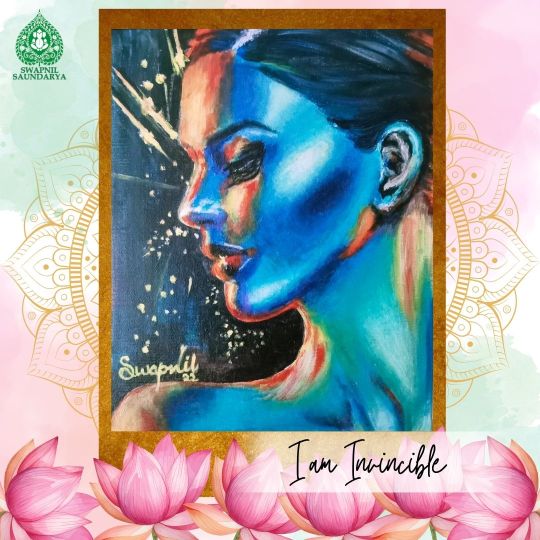

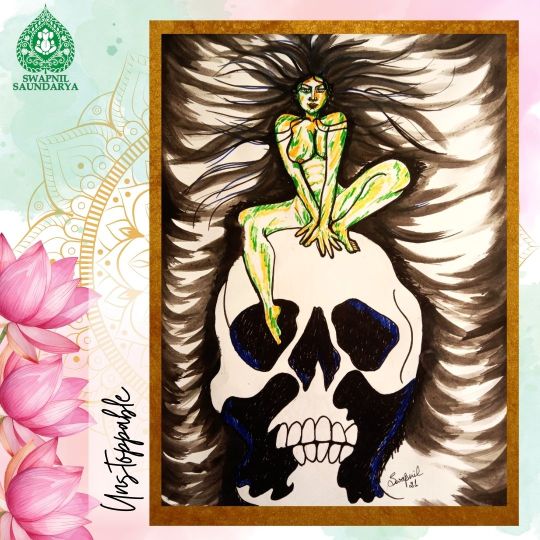







Step into a world where intricate details meet vibrant realism, infused with a touch of magic realism – that's the captivating style of Swapnil Shukla's paintings. With a keen eye for detail and a mastery of color, Swapnil breathes life into her canvases, transporting viewers into the realm of Hindu mythology.
Swapnil's art is more than just visually stunning; it's a journey through spiritual narratives, where each brushstroke tells a tale steeped in ancient lore. Through her paintings, she weaves the rich tapestry of Hindu mythology, bringing to life the gods, goddesses, and mythical creatures that populate these timeless stories.
But Swapnil's art is not confined to the realms of myth and legend alone. It is infused with themes of extreme feminism and fearlessness, reflecting her bold and unapologetic approach to her craft. With every stroke of her brush, she challenges societal norms and celebrates the strength and resilience of women.
In the world of Swapnil Shukla's paintings, beauty meets symbolism, tradition meets modernity, and fantasy meets reality. It's a place where the spiritual and the surreal intertwine, inviting viewers to embark on a journey of discovery and contemplation. So, immerse yourself in the magic of Swapnil's art and experience the transformative power of her storytelling on canvas.
#swapnilshukla#swapnilsaundarya#art#indianart#fashion#lifestyle#paintings#culture#heritage#mythology#spiritual#goddess#jewellery#livelihood#ngo#artworld#artists
1 note
·
View note
Photo
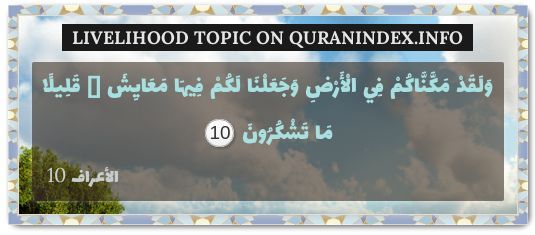
Discover Quran Verses about #Livelihood @ https://quranindex.info/search/livelihood [7:10] #Quran #Islam
0 notes